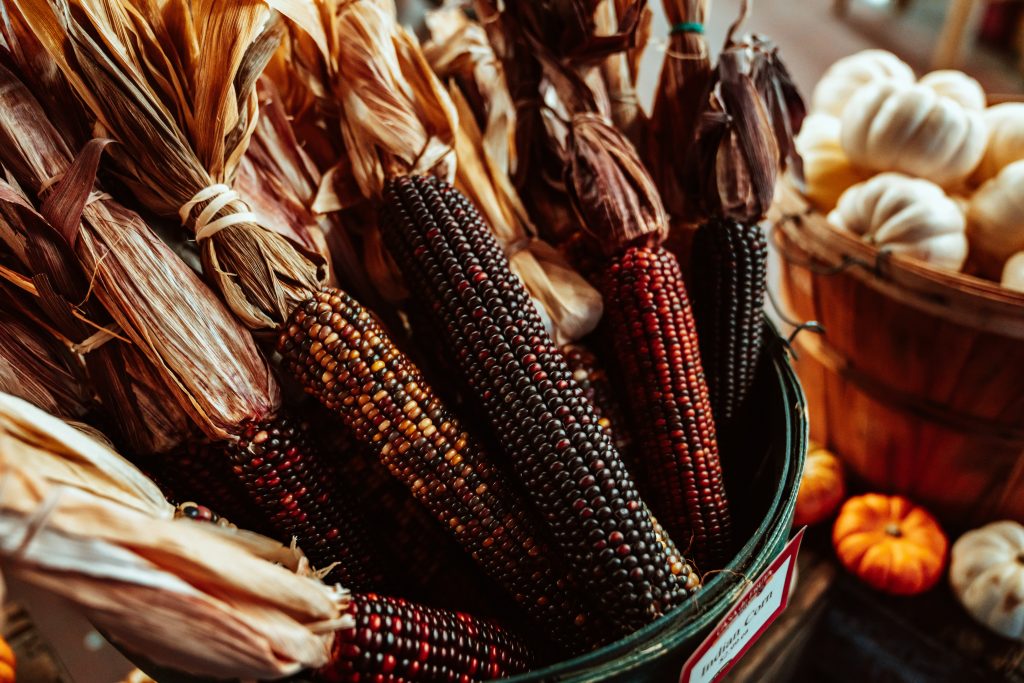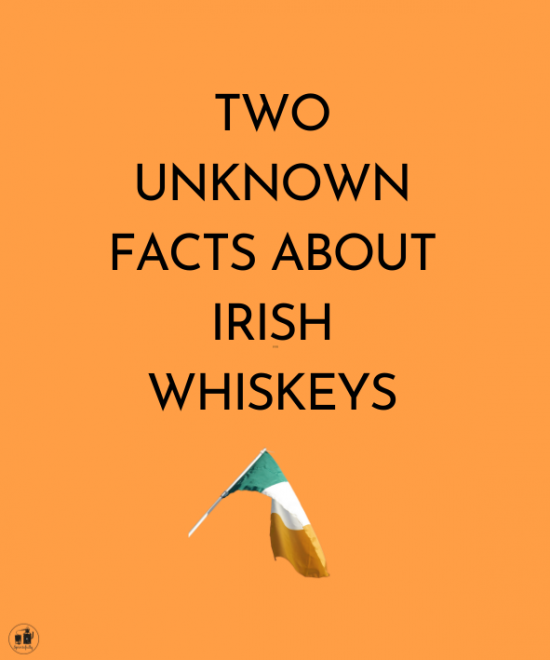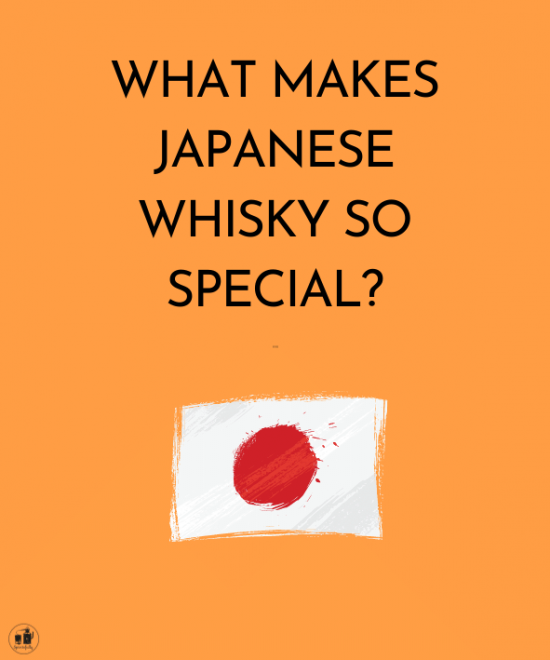The end of the year is approaching, time to learn something different, right? So why not spit drinks, and more precisely spit drinks from Peru, meaning Chicha and Masato. Let’s dive!
How do spit drinks work?
The reason human’s spit can potentially kick-start fermentation is because it contains enzymes that can break down unfermentable carbohydrates contained in starch rich ingredients into sugar. And that means wild, ambient yeast can feed on those sugars and create alcohol as a byproduct.
Ancient population of the Andes understood the principle and start making fermented beverages out of two local heavy starch sources: choclo, and yucca. These are the main ingredients of chicha and masato.

What is Chicha?
Chicha, ak’a in Quechua, is an Andean drink found in Ecuador, Peru, Bolivia, Venezuela, and Colombia, among others.
It is prepared with corn, peanut (mani), manioc (yuca) or rice (arroz) to which fruits are added. Fermentation can last from a few days to two months.
There are many different types of drink under the name chicha!
In some cultures, instead of germinating maize to release starch, the maize is ground, moistened in the mouth of the chicha maker, and formed into small balls, which are then flattened and allowed to dry. This process of chewing starches was used in the production of alcoholic beverages in pre-modern cultures around the world. Chicha prepared in this way is known as muko chicha.
As Emily Bell warns in her article about chicha “Chicha, or “chicha de jora,” is not to be confused with “chicha morada.” Both are made with purple Peruvian corn, but the chica morada is a non-alcoholic (non-spit) drink that’s made with pineapple and cinnamon. Chicha de jora starts with the same corn, but instead of boiling it, the corn is chewed up and spit and then fermented into a kind of beer. »
Chicha Muko and Chicha de Jora were usually made by women.
As an article in wikipedia states “The use of chicha can also be seen when looking at women who lived during the Incas reign before the arrival of the Spanish. Women were important to the community of the Incas. There was a select group of women that would receive formal instruction, these women were the avila also known as “Chosen Women”.This group of women was extracted from their family-homes and taken to the acllahuasi or “House of the Chosen Women ». These women were dedicated to Inca religion , weaving, cooking and chicha brewing. Much of the chicha they would go to ceremonies, or when the community would get to together to worship their god. They started the chicha process by chewing maize to create mushy texture that would be fermented. The product of the acllas was considered sacred because of the women who produced it. This was a special privilege that many women did not have except for the “most attractive women.”
It is said that the best chicha in Bolivia is in Valle Alto, in the province of Punata. It is drunk in a tutumi (which is a kind of bowl made from the shell of a tropical fruit).
What is Masato?
Masato is similar to chicha, but made with yucca. Because yucca has so much starch but very little available sugar, the same method—chewing and spitting—was adopted, though in the case of yucca the stuff has to be boiled first because it’s toxic when raw.




